Intro
Relieve cluster headache symptoms with effective at-home treatments, including lifestyle changes, herbal remedies, and relaxation techniques, to manage pain and reduce frequency of episodes naturally.
Cluster headaches are a type of headache disorder that is characterized by severe, debilitating pain on one side of the head, often accompanied by other symptoms such as nasal congestion, eye watering, and sensitivity to light. These headaches can be extremely painful and disrupt daily life, making it essential to find effective treatment options. While medical treatment is often necessary, there are several cluster headache treatment options that can be implemented at home to help alleviate symptoms.
Managing cluster headaches requires a comprehensive approach that incorporates lifestyle changes, self-care techniques, and alternative therapies. By understanding the triggers and mechanisms of cluster headaches, individuals can take proactive steps to reduce the frequency and severity of these episodes. This article will delve into the world of cluster headache treatment at home, exploring the various methods and strategies that can be employed to find relief.
Cluster headaches are relatively rare, affecting approximately 1 in 1,000 people, but they can have a significant impact on quality of life. The exact causes of cluster headaches are still not fully understood, but research suggests that they may be related to abnormalities in the brain's blood vessels, nerve pathways, and chemical balances. Certain triggers, such as changes in sleep patterns, stress, and environmental factors, can also contribute to the development of cluster headaches. By identifying and addressing these triggers, individuals can reduce their risk of experiencing cluster headaches.
Understanding Cluster Headaches
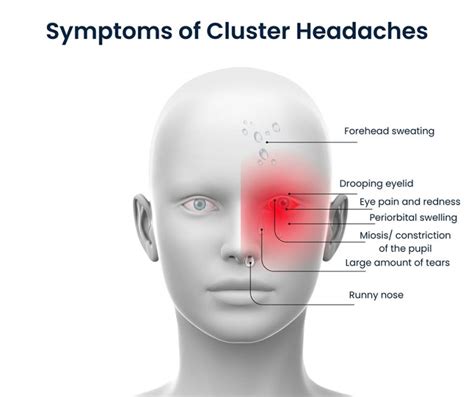
Types of Cluster Headaches
There are two main types of cluster headaches: episodic and chronic. Episodic cluster headaches occur in cycles, with periods of frequent episodes followed by periods of remission. Chronic cluster headaches, on the other hand, occur regularly, with no periods of remission. Understanding the type of cluster headache is essential for developing an effective treatment plan.Cluster Headache Treatment Options
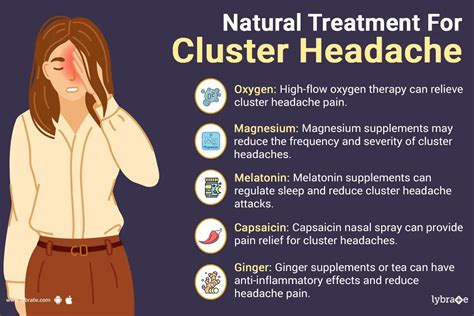
- Keeping a headache diary to track symptoms and identify triggers
- Avoiding triggers such as stress, certain foods, and environmental factors
- Practicing relaxation techniques such as meditation, deep breathing, and yoga
- Applying heat or cold packs to the affected area
- Using over-the-counter pain relievers such as ibuprofen or acetaminophen
- Trying alternative therapies such as acupuncture, massage, or chiropractic care
Lifestyle Changes for Cluster Headache Relief
Making lifestyle changes can help reduce the frequency and severity of cluster headaches. Some of the most effective lifestyle changes include:- Establishing a regular sleep schedule
- Avoiding strenuous exercise or physical activity during episodes
- Eating a healthy, balanced diet
- Staying hydrated by drinking plenty of water
- Managing stress through relaxation techniques or counseling
Alternative Therapies for Cluster Headaches
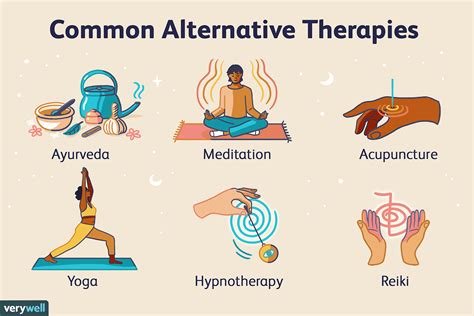
- Acupuncture: a traditional Chinese medicine technique that involves inserting thin needles into specific points on the body
- Massage: a technique that involves manipulating soft tissue to promote relaxation and reduce pain
- Chiropractic care: a technique that involves manipulating the spine and other joints to promote alignment and reduce pressure on the nervous system
- Herbal remedies: such as feverfew, butterbur, or willow bark, which have anti-inflammatory and pain-relieving properties
Natural Remedies for Cluster Headaches
Natural remedies can be an effective way to manage cluster headache symptoms. Some of the most popular natural remedies include:- Essential oils: such as lavender, peppermint, or eucalyptus, which have anti-inflammatory and pain-relieving properties
- Supplements: such as magnesium, vitamin B2, or coenzyme Q10, which have anti-inflammatory and pain-relieving properties
- Dietary changes: such as avoiding trigger foods or following a gluten-free or vegan diet
Managing Cluster Headache Triggers
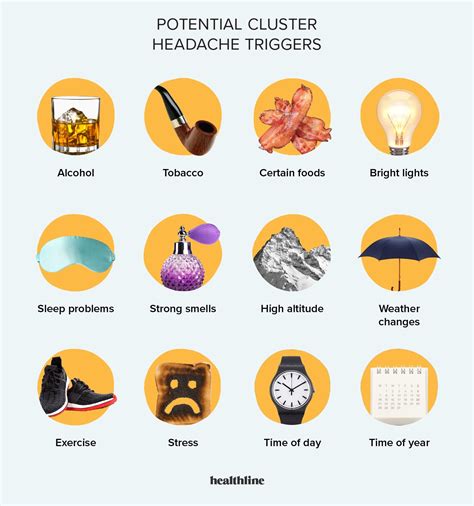
- Stress: which can be managed through relaxation techniques or counseling
- Certain foods: such as citrus fruits, chocolate, or fermented foods, which can trigger episodes
- Environmental factors: such as changes in weather, altitude, or humidity, which can trigger episodes
- Sleep patterns: which can be managed by establishing a regular sleep schedule
Creating a Cluster Headache Action Plan
Creating a cluster headache action plan can help individuals manage symptoms and reduce the frequency and severity of episodes. Some of the most effective strategies include:- Keeping a headache diary to track symptoms and identify triggers
- Developing a treatment plan with a healthcare provider
- Practicing relaxation techniques or stress management
- Avoiding triggers and managing lifestyle changes
Seeking Medical Attention for Cluster Headaches
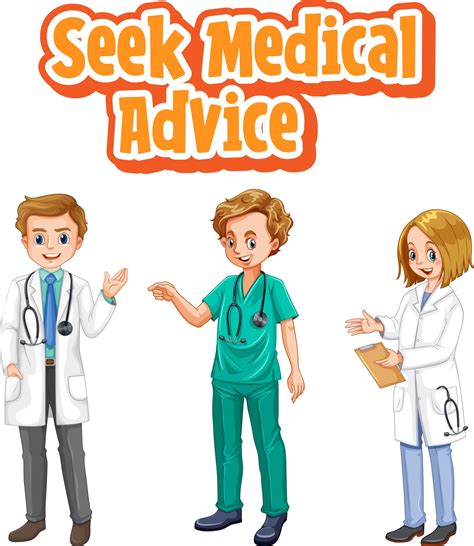
- Prescription medications: such as triptans, ergots, or corticosteroids, which can help alleviate symptoms
- Oxygen therapy: which can help reduce pain and inflammation
- Nerve blocks: which can help reduce pain and inflammation
Working with a Healthcare Provider
Working with a healthcare provider is essential for managing cluster headaches. Some of the most effective strategies include:- Keeping a headache diary to track symptoms and identify triggers
- Developing a treatment plan with a healthcare provider
- Practicing relaxation techniques or stress management
- Avoiding triggers and managing lifestyle changes
What are the most common symptoms of cluster headaches?
+Cluster headaches are characterized by severe, debilitating pain on one side of the head, often accompanied by other symptoms such as nasal congestion, eye watering, and sensitivity to light.
How can I manage cluster headache triggers?
+Managing cluster headache triggers is essential for reducing the frequency and severity of episodes. Some of the most effective strategies include keeping a headache diary, avoiding trigger foods, and managing lifestyle changes.
What are the most effective treatment options for cluster headaches?
+The most effective treatment options for cluster headaches include lifestyle changes, self-care techniques, and alternative therapies. Some of the most popular treatment options include keeping a headache diary, practicing relaxation techniques, and trying alternative therapies such as acupuncture or massage.
We hope this article has provided you with a comprehensive understanding of cluster headache treatment at home. By implementing these strategies and working with a healthcare provider, individuals can reduce the frequency and severity of cluster headache episodes and improve their quality of life. If you have any questions or comments, please don't hesitate to reach out. Share this article with others who may be struggling with cluster headaches, and let's work together to raise awareness and promote effective treatment options.
